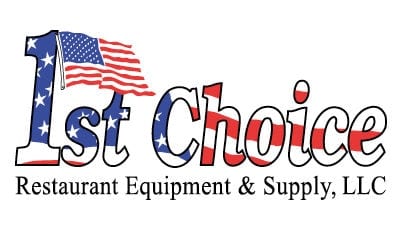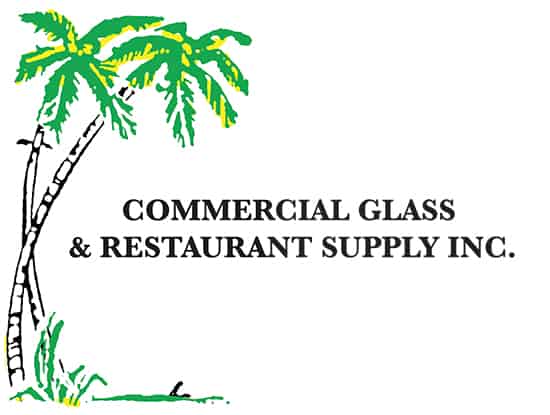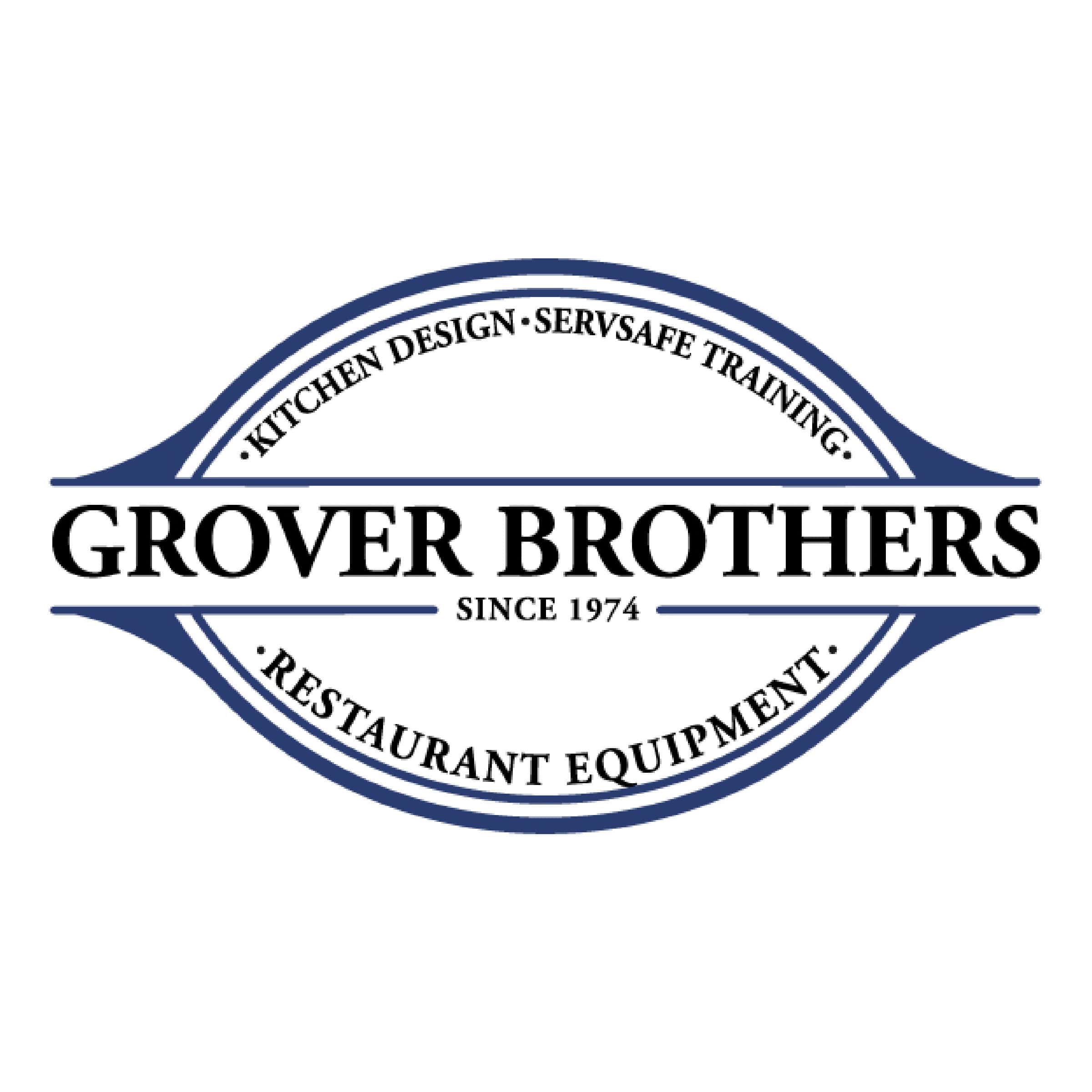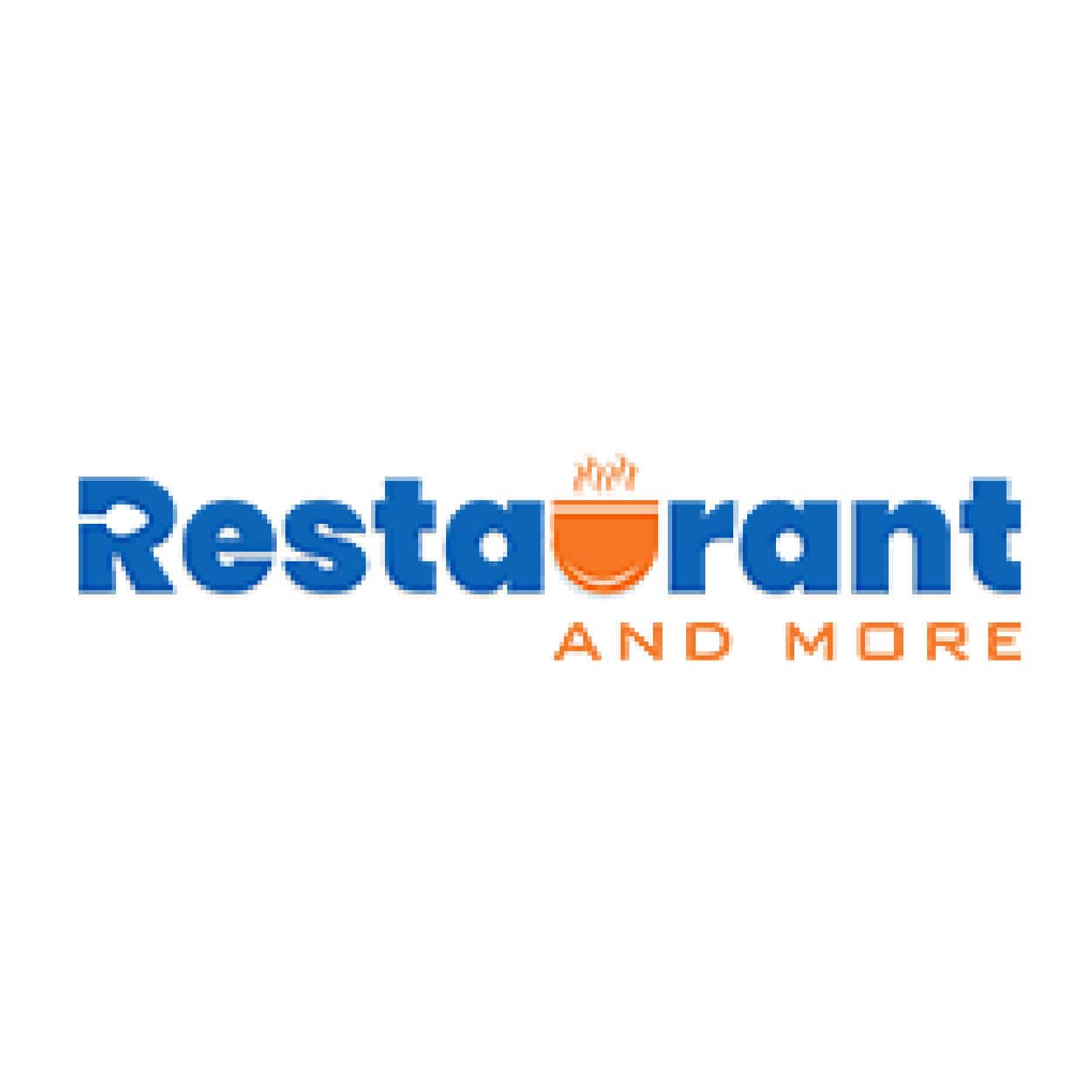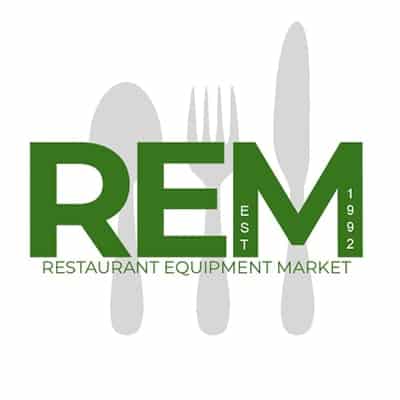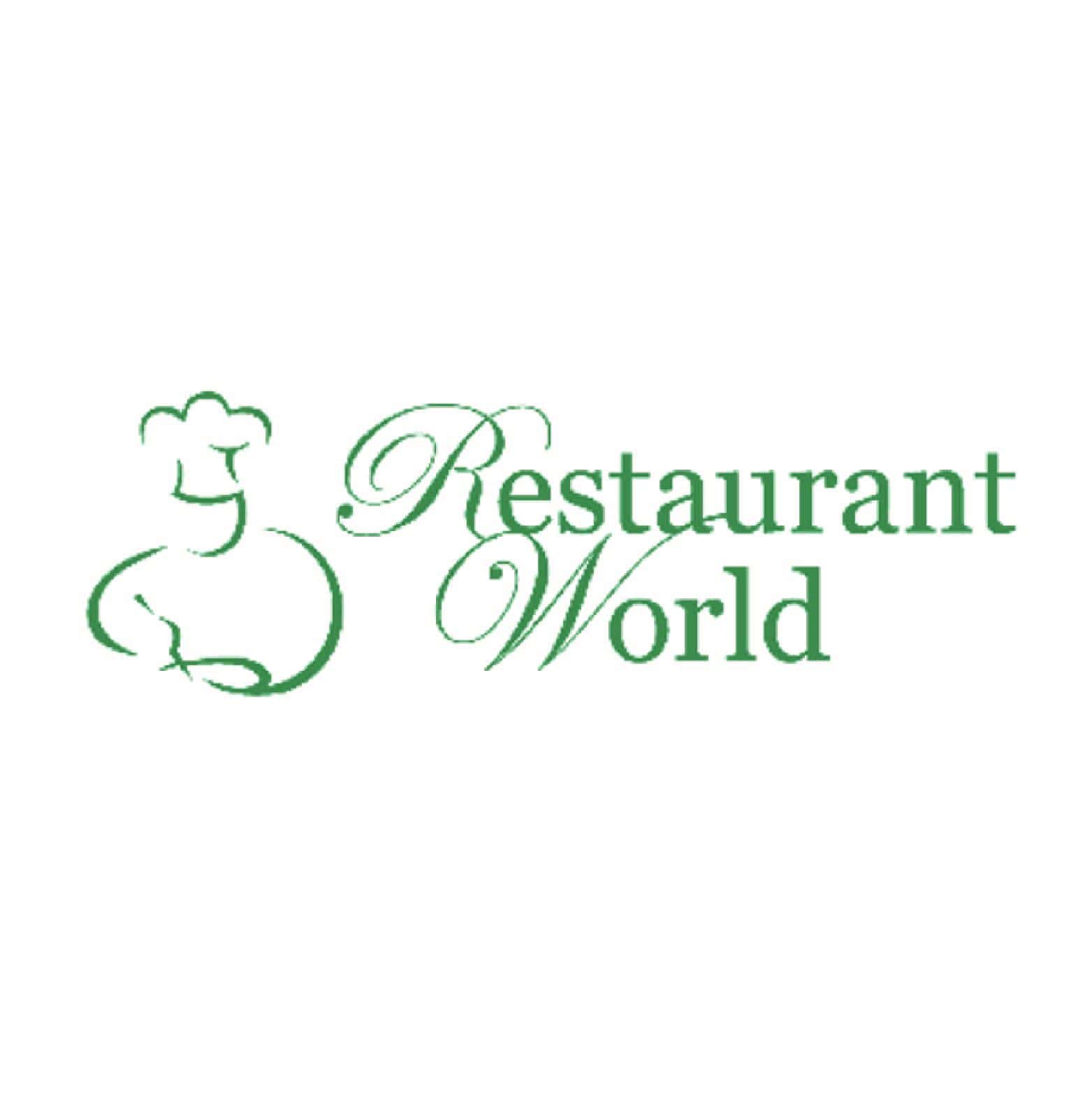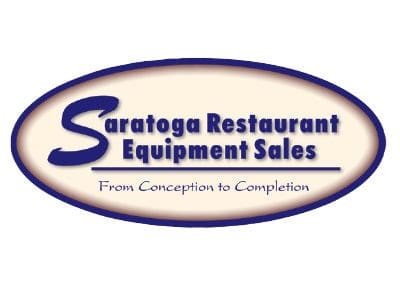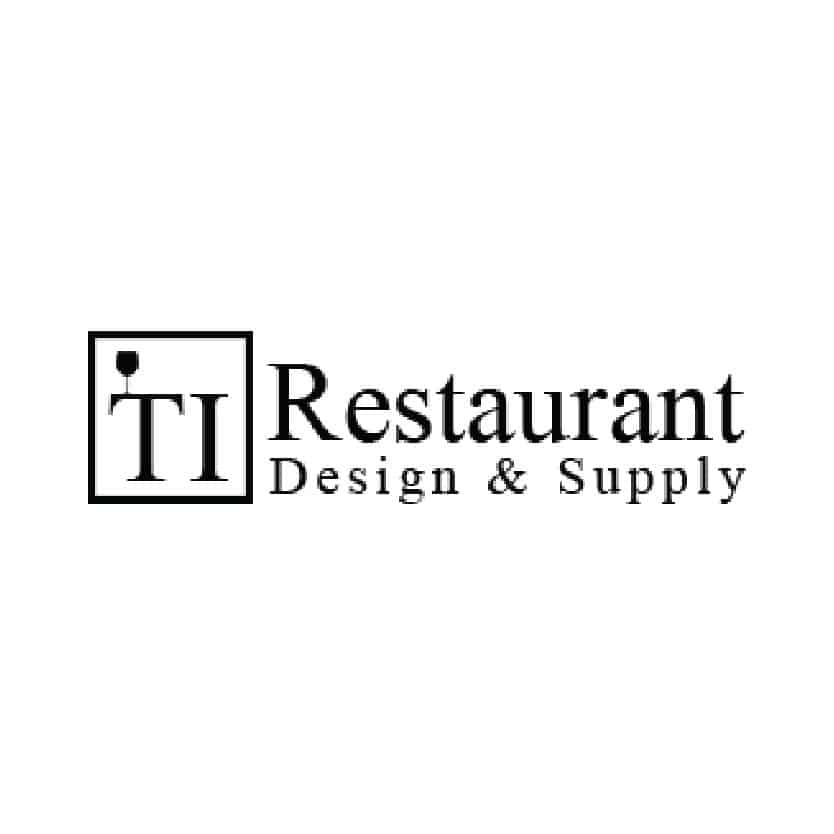Typically designed for front of the house applications, appearance and design are important when choosing a deli case.
- Glass Front – Curved glass fronts are generally deemed more attractive and provide a better view of products. Flat glass typically has a lower price point. Some manufacturers provide hinged glass displays that open from the front. These are helpful when loading the case, arranging displays, and cleaning.
- Shelving – Shelves can be made of glass, metal or other materials. Staggered shelving generally provides a better view of products at all levels, but may result in a deeper footprint for the overall case. Make sure shelves are adjustable to suit your needs.
- Doors and Side Panels – Rear sliding doors are typical for easy access. Rear doors and side panels often feature a mirrored surface to enhance appearance, reflect light, and give the appearance of a larger display case.
- Lighting – A wide variety of lighting systems are available but LED has become the industry standard for low energy consumption, low heat radiation, versatility, and safety.
- Colors, Sizes, Styles – Most manufacturers offer deli cases with a variety of colored, coated, or skinned exteriors to match your design and décor preferences. Sizes vary dramatically and many manufacturers offer low profile units. Some manufacturers offer combination units with closed deli cases on top and open grab and go merchandisers on the bottom.
Deli cases typically employ a gravity coil refrigeration system. Gravity coil units cool from above, allowing cold air to gently descend over displayed products. The alternative is a forced air system that uses a fan to circulate cold air throughout the display case. While these are very effective at maintaining consistent temperatures throughout the case, the constantly moving air can dry out meats, cheeses, and other foods that are not wrapped or covered.


